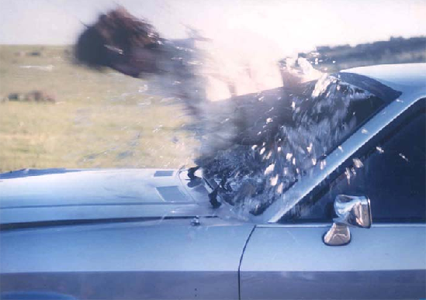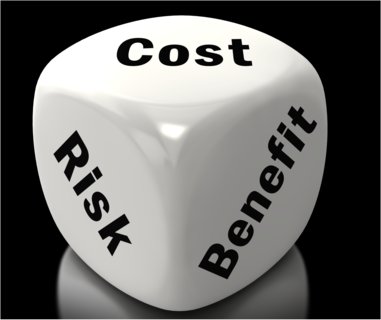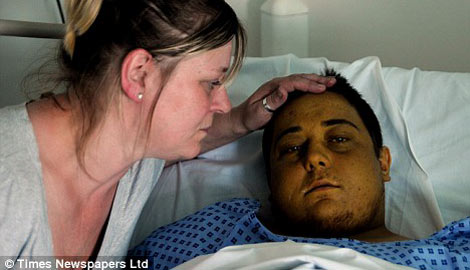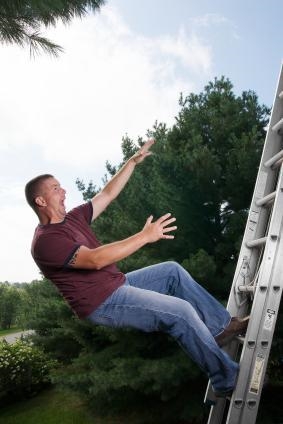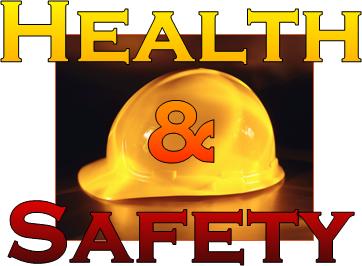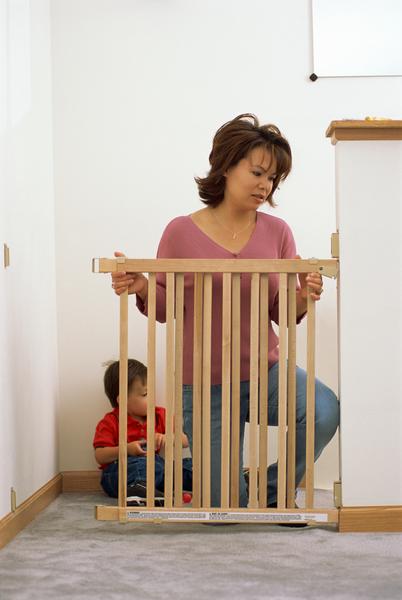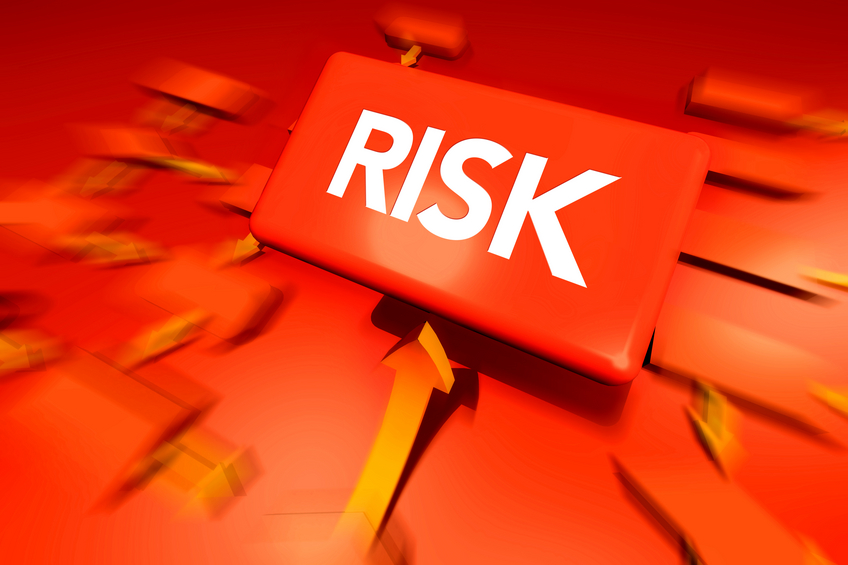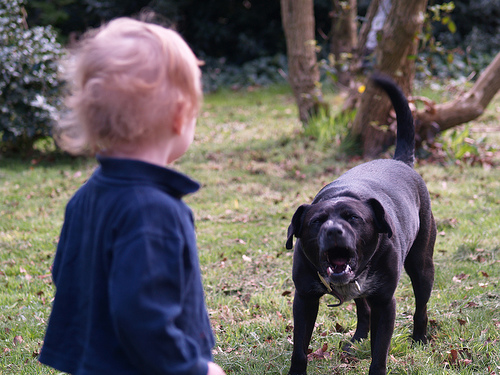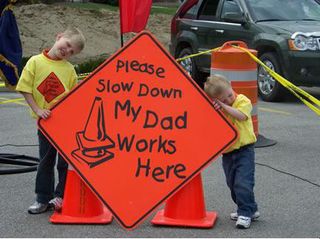 Everyone plays a role in maintaining a safe work zone area during roadway construction. To play your part, follow these tips while driving through a work site:
Everyone plays a role in maintaining a safe work zone area during roadway construction. To play your part, follow these tips while driving through a work site:
DO…
- Pay attention to the orange diamond-shaped warning signs or electronic message boards posted in advance of a road construction project.
- Stay alert. Dedicate your full attention to driving.
- Minimize distractions. Avoid changing radio stations, using a cell phone, etc. while driving in a work zone.
- Drive carefully and slowly through the construction site; always obey the posted speed limits in the work zone area.
- Pay close attention and heed directions on work zone warning signs. Signs and work zone flaggers save lives.
- Watch for stopped or slowing traffic. Do not tailgate.
- Expect the unexpected. Anticipate potential dangers.
- Watch how the traffic ahead is flowing.
- Keep an eye out for construction workers, their equipment and vehicles, as well as the vehicles around you.
- Use extra caution when driving through a site at night.
- Watch for detours and lane diversions.
DO NOT…
- Speed up or slow down significantly while going through a work zone.
- Slow down to look at the construction work being done.
- Resume normal speed until after you emerge completely out of the work zone area.
- Tailgate. Most of the accidents within a work zone are rear-end collisions.
- Change lanes within a work zone.
Most states have instituted new laws regarding work zones; penalties for speeding in these areas are double that of the normal penalties for speeding in a non-work zone stretch of road.
via Work Zone Safety Tips | EHS Today | Construction content from EHS Today.

